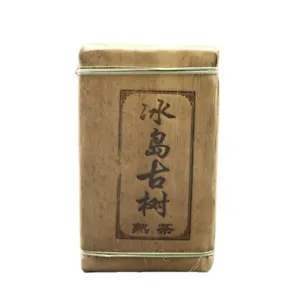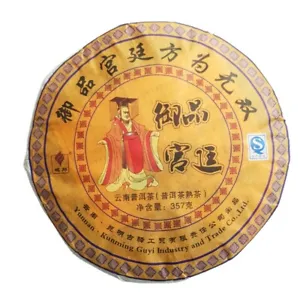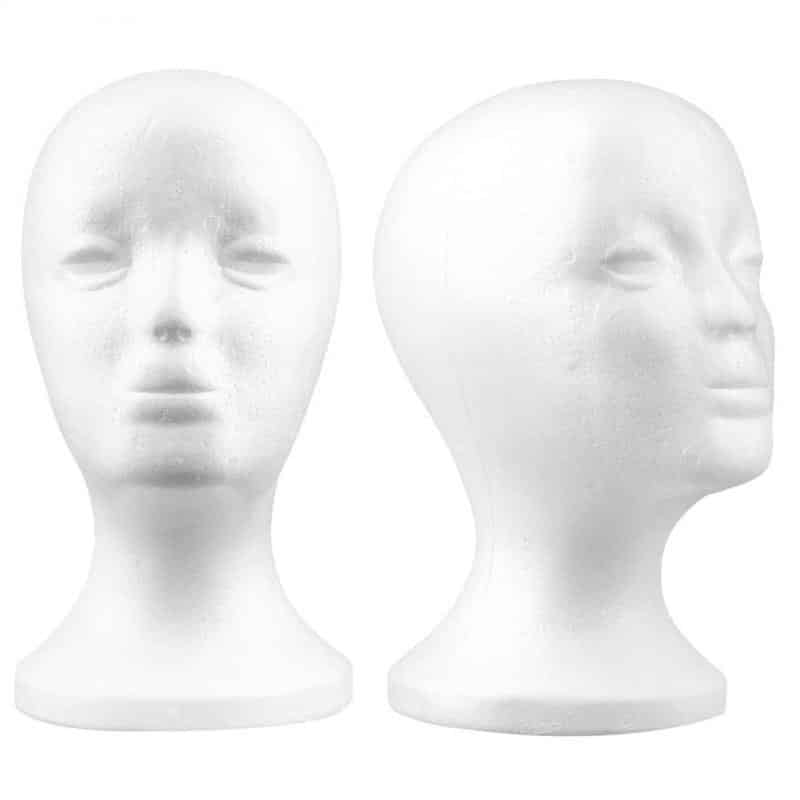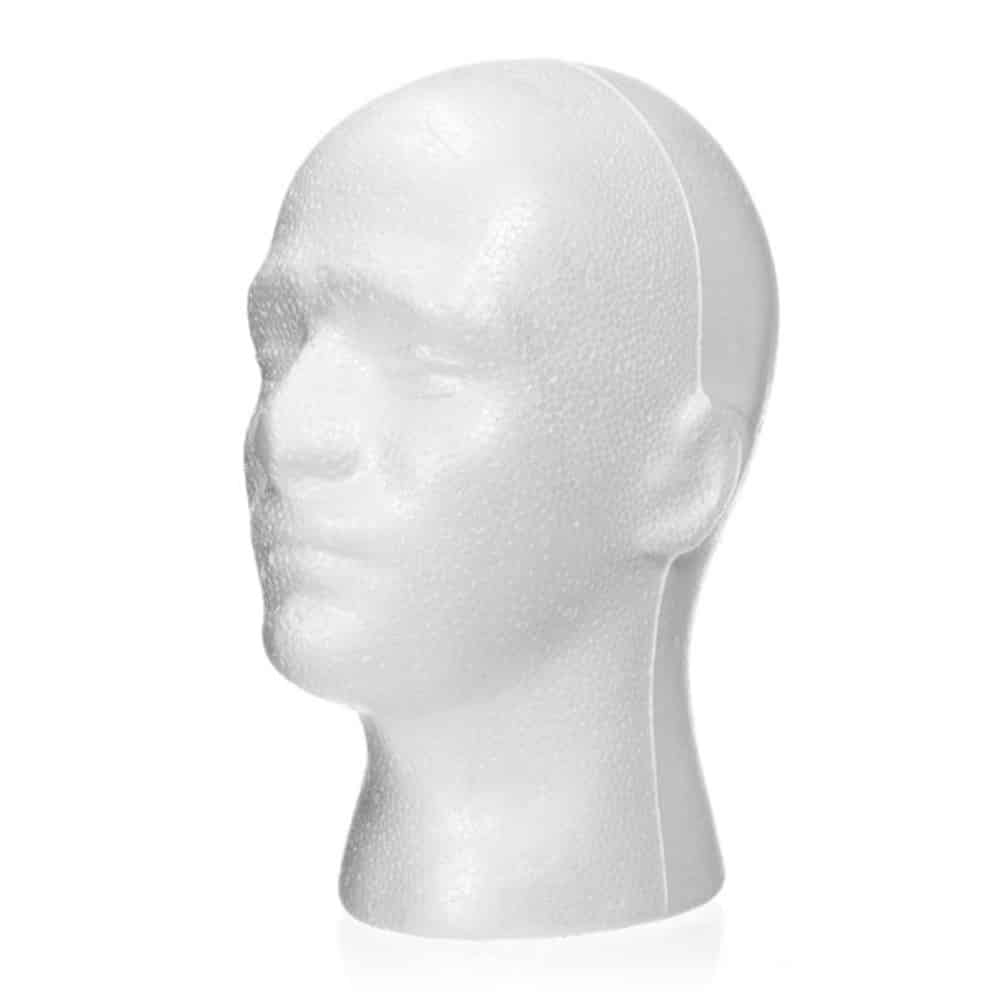




ID: 743628
SKU: 1.76E+11
Category: Tea
Tags: 30days
Clear Complexion Solution: Carbon Theory Tea Tree Oil & Vitamin A Spot Paste for Acne Control
About this item:
#NAME?
₹6908
On preorder
Delivered in 30-60 days
On Pre-Order
Guaranteed Secure
- Guaranteed delivery
- Fast shipping
- PAN India shipping
- 100% Secure payment
- Regular orders dispatch in 48 Hours
- Pre-orders dispatch in 30-45 days
- Returns accepted
- Fast refund process
- 24/7 customer support







